Solutions
We have many solutions that can support you in unlocking the value of Enterprise Architecture. Here you find several use-cases that can help you with the question "Where do we start with implementing Enterprise Architecture in our organisation?". With these solutions you can explore the opportunities and define the best starting point for your project. Contact us and we help you to start right and be succesfull.
"Application Integration Management makes the interconnections between applications that realize business capabilities transparent . This transparency improves the management of enterprise complexity and allows change to be planned effectively. When collecting this information, it is important to have clear lines of responsibility between the systems and interfaces and the people within the organization that own them."
Application Lifecycle Management
For your organization to plan effectively in both the short and long term, you need to understand the lifecycle of your systems. When were systems implemented, when will they be retired, and what are they being replaced with. When collecting this information it is important to have clear lines of responsibility between the systems and people within your organization that own them.
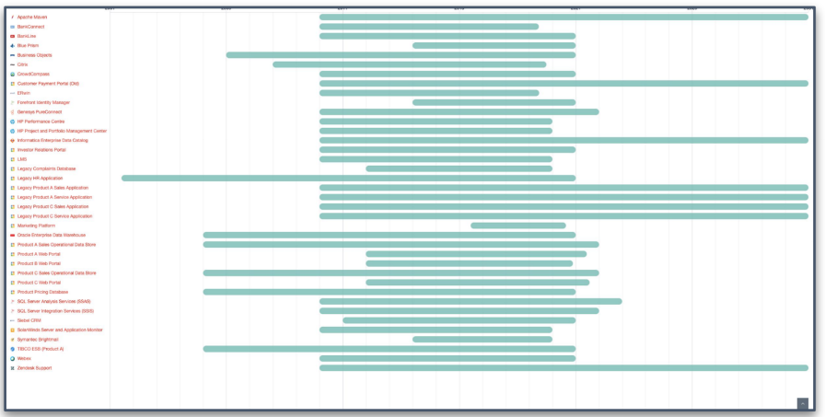
Key questions
-
Who owns the critical systems in the organization and the related components?
-
Which applications are being retired and which implemented?
-
Are plans around the replacements/migrations in place?
-
What will my application landscape look like in 6 months / 1 year / 5 years?
-
Do all of my applications have clear ownership and are experts known?
-
Where are all my applications located (On-Prem & SaaS)?
-
Who uses the applications within my organization, who is impacted if something goes down?
Security
Supporting your business means keeping it safe on all levels. With levels we mean safe on all components in your Enterprise architecture landscape. MoveICT is looking next to applications, infrastructure also to contracts and support models. Insight in how the different components are connected and how data flows through the components will give you a view on the risks in youre landscape.
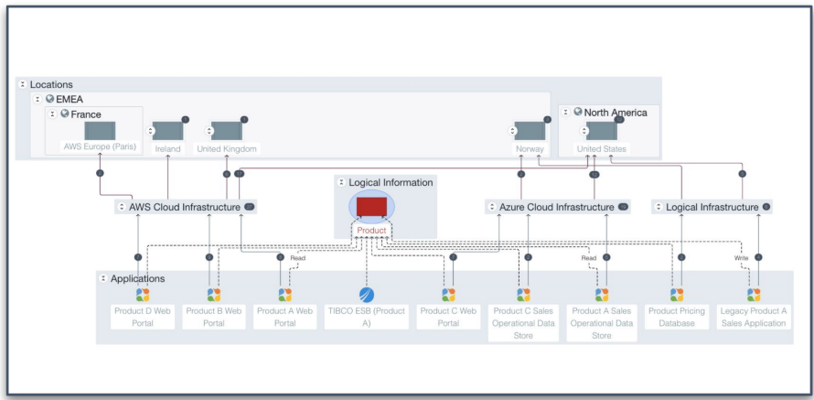
Key questions
-
Which application(s) writes information to the entity, and which reads and uses the information?
-
Where in the business is the data used?
-
Who is responsible for the data entity?
-
What is the confidentiality of the data entities?
-
Which infrastructure is the data entity hosted on?
-
Where in the world is the data entity physically stored?
Technical Capability management and Realization
As an organization grows or changes rapidly, managing it will be more complex. More people, more applications, more processes, more products. More clashes and more dependencies, more wasteful duplication and more legacy. MoveICT approaches EA to be as automated and democratized as possible. We strive for it to run as a continuous process to reduce that complexity and provide insight and value to as many stakeholders as possible
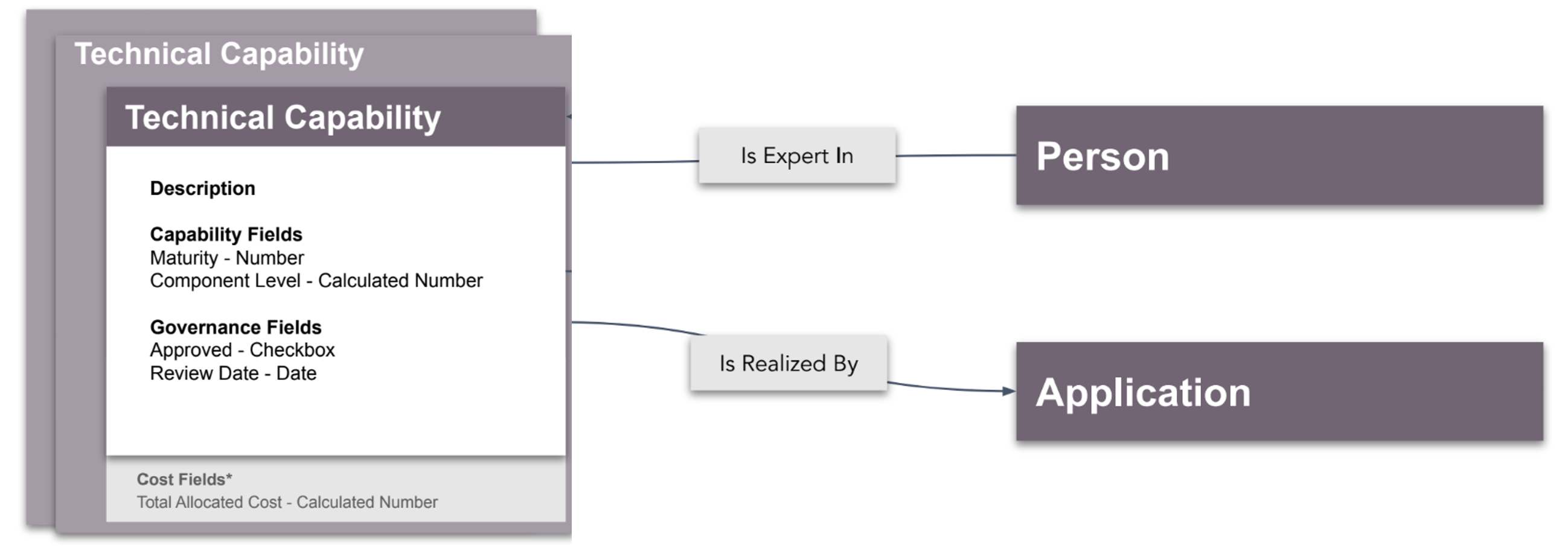
Key questions
-
Wat are the technical capabilities in my organization today?
-
What capabilities do I want to introduce in the future?
-
How mature are those technical capabilities?
-
Who are the experts in those capabilities?
Application Integration Management
You need to have a full overview of applications and their integrations across the organization. This overview must include what the dependencies are in terms of data flows and business impact; what technologies enable those integrations; and who is involved and who needs to be involved in managing and maintaining those technologies and integrations. MoveICT can give you that overview and maintain it.
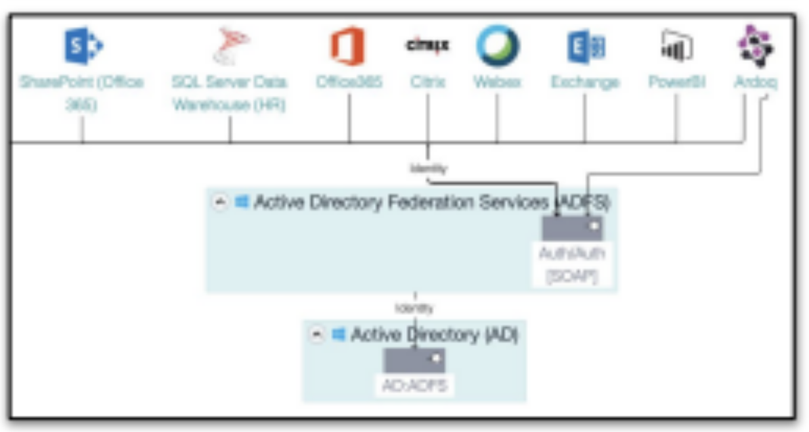
Key questions
-
What is the complexity of my business capability realization?
-
What is the impact of change?
-
What is the data that flows between systems?
-
What are my integration technologies and properties?
-
Who are the owners of the integrations, who are the experts?
Application Hosting
To plan effectively in both the short and long term, organizations need to understand the dependencies between their infrastructure and their applications. Application Hosting focuses on capturing and maintaining the relationship between the two; what kind of infrastructure (cloud services or managed infrastructure), where it is located, and who is responsible for it.
Is that infrastructure managed on premise or is it a cloud service? What deployment environment is the application in, in relationship to the infrastructure? When collecting this information, it is important to have clear lines of responsibility between the systems, departments, and people within the organization that own them.
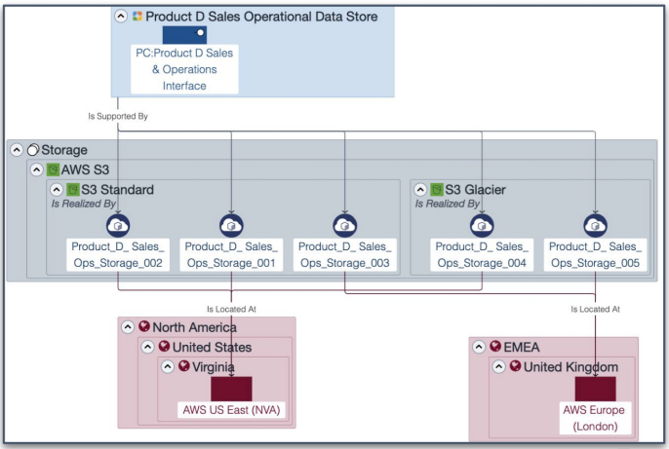
Key questions
-
What is the complexity of my business capability realization?
-
What is the impact of change?
-
What is the data that flows between systems?
-
What are my integration technologies and properties?
IT Cost Management
It is all about costs! IT Cost Management (ITCM) is a key aspect of your IT governance and transparency. It is also fundamental for you to operate and prioritize changes more effectively. You need to have a good overview of costs and trends associated with infrastructure and applications. MoveICT can give this overview from a business as well as IT perspective. This will allow you to better analyze and optimize cost across the business.
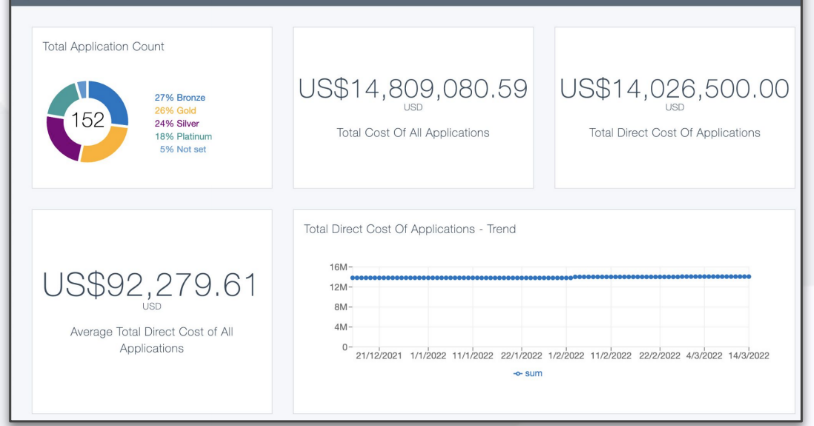
Key questions
-
What is the cost of supporting my key busines?
-
What is the cost of running IT overall?
-
What is the cost of my server portfolio?
-
What is the cost of my application portfolio?
-
What is my historic cost level and what will it be in the future?